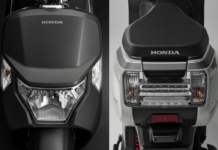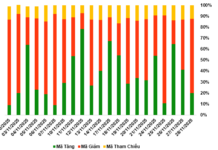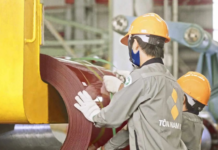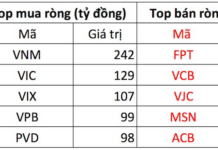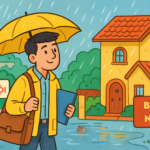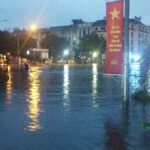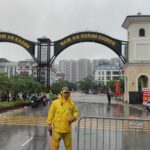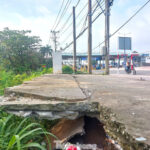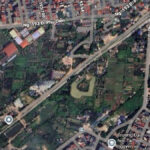Central Vietnam was recently battered by Storm No. 5 Kajiki, which packed a punch similar to that of Storm Yagi in 2024. The storm brought with it prolonged heavy rainfall in many provinces of North Central and Northern Vietnam.
On August 26, Hanoi witnessed a series of streets and roads submerged in deep floods, causing various vehicles, from motorcycles to cars, to be submerged. This situation not only caused difficulties in transportation but also raised concerns among vehicle owners about potential engine damage, especially a phenomenon known as “hydrolock.”
What is hydrolock?
According to Associate Professor Dr. Do Van Dung, Vice President of the Ho Chi Minh City Automobile and Engine Dynamics Association, hydrolock occurs when a vehicle enters deep floodwaters, and water is sucked through the air intake and enters the combustion chamber. Unlike air, water cannot be compressed, so it creates a strong backforce that can bend the connecting rod or even break the piston, leading to severe engine damage.
Therefore, the first rule for vehicle operators is to avoid driving into deep floodwaters or speeding, which can cause water to enter the engine through the air intake.
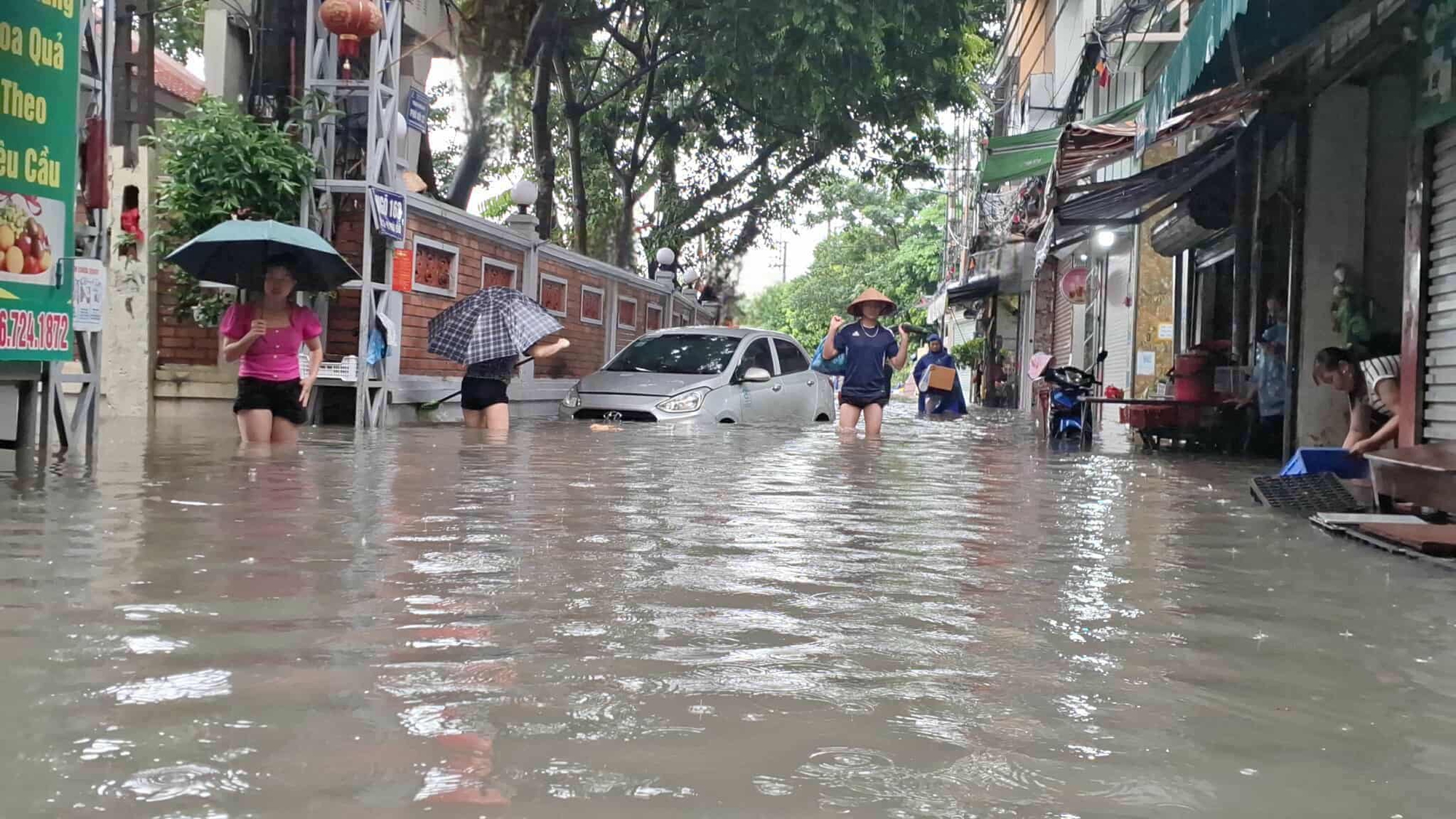
Flooding in Hanoi
What to do if your vehicle stalls?
In the event of a sudden engine stall in a flooded area, the most important advice is not to restart the vehicle. Once water has entered the engine, attempting to start it can cause further damage. Instead, move the vehicle to a dry area, remove the spark plugs, and use compressed air to blow out the water.
For vehicles equipped with electronic fuel injection, restarting the engine to expel water can be dangerous as dirty water can conduct electricity, leading to short circuits and damage to the electronic control system. Therefore, in addition to drying the combustion chamber, it is necessary to clean components related to ignition, such as the ignition coil, distributor, high-tension wires, and spark plug caps.
Another common scenario is when a vehicle is submerged in a flooded basement garage. In this case, the engine stops with the intake or exhaust valves open, allowing water to enter the combustion chamber directly. If the driver hastily restarts the engine when exiting the basement, engine damage will be challenging to avoid.
More worryingly, water entering the combustion chamber can mix with the oil in the crankcase, forming an emulsion. When the oil loses its lubricating properties, the engine can seize up during operation.
To rectify this, the old oil must be drained, and the engine rinsed with diesel fuel to remove any remaining water from crevices, followed by refilling with new oil. For cars, it is also necessary to inspect the transmission, differential, or brake fluid reservoir as water can enter through the vent holes.
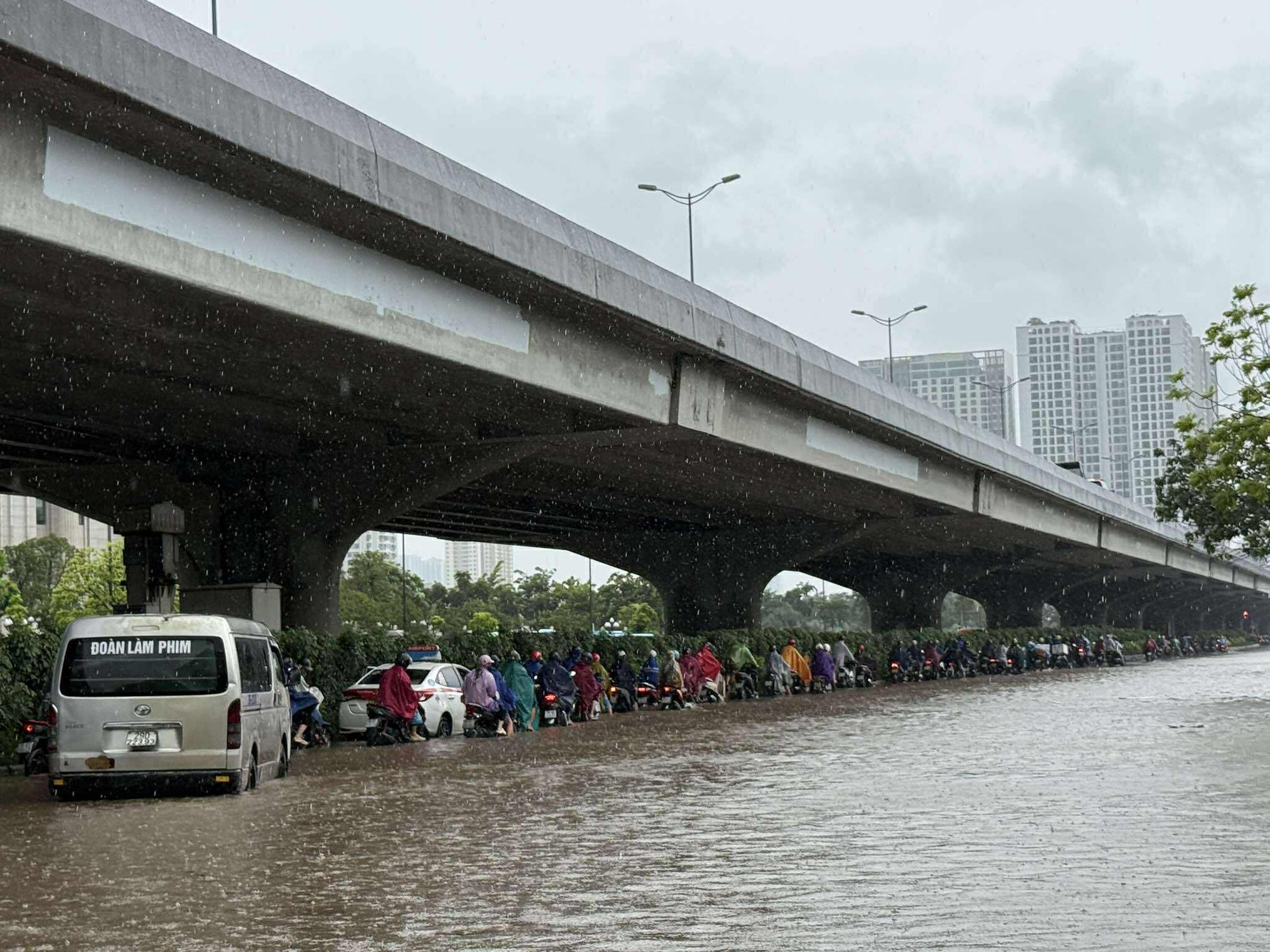
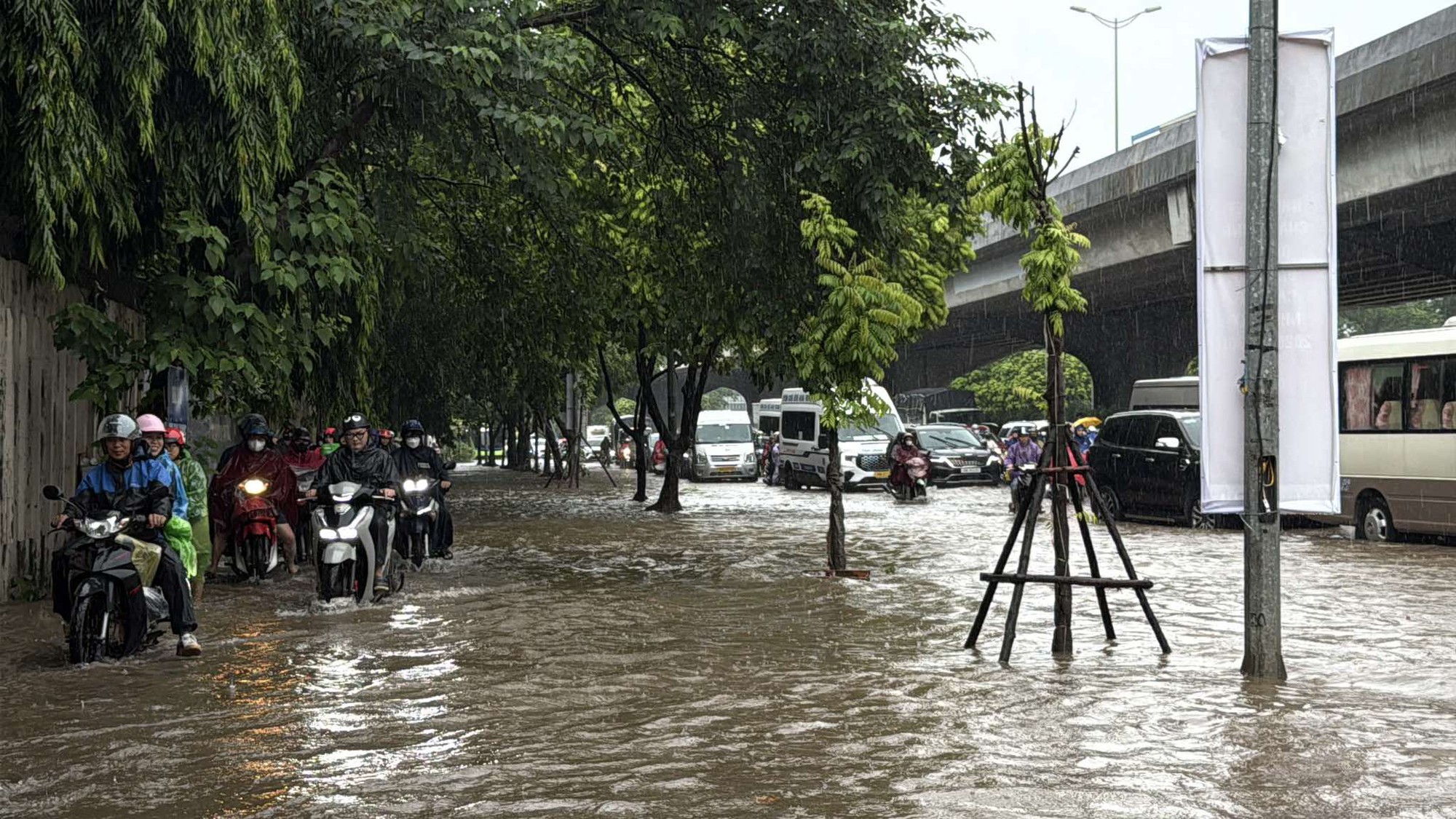
Several streets in Hanoi flooded on August 26
Not only the engine but also the fuel system is vulnerable to water intrusion. If the fuel tank cap is not tightly sealed, water can enter the tank, contaminating the fuel and eventually reaching the fuel filter and injectors.
This not only reduces fuel quality but also creates an environment for bacteria and fungi to grow, producing corrosive acids. In such cases, the entire fuel must be drained, the fuel filter replaced, and the injectors cleaned.
For diesel engines, which are more susceptible to water ingress, some vehicles are equipped with water-separating fuel filters. When a vehicle is flooded, the drain plug at the bottom of the filter should be opened to release any trapped water.
Experts also warn that vehicles that have been submerged in water for extended periods without proper cleaning are likely to experience electrical issues within a few months. This is because dirty water can oxidize connectors and even damage components inside the control units. The solution is to clean the electronic control units with soapy water, ensuring they are completely dry before reassembly, and thoroughly cleaning all connectors, sensors, and actuators.
The Luxe Villa Village: A Million-Dollar Haven Submerged in a Sea of Water
The heavy rainfall from the night of the 25th to the morning of the 26th of August transformed the Nam An Khanh Urban Area, Geleximco, into a veritable aquatic landscape.
The Devastating Floods: A Costly Rescue Mission for Ho Chi Minh City
“The notorious flooding site along National Highway 13, near the Suoi Giua toll station, is finally getting the attention it deserves. The Ho Chi Minh City administration has allocated a substantial budget of over VND 3,000 billion for a much-needed drainage project named ‘Suoi Giua – Bung Cau Drainage Axis.’ This ambitious undertaking aims to eradicate the perennial flooding that has plagued this stretch of road for far too long. With this initiative, drivers can soon look forward to smoother and safer journeys, even during the rainy season.”

